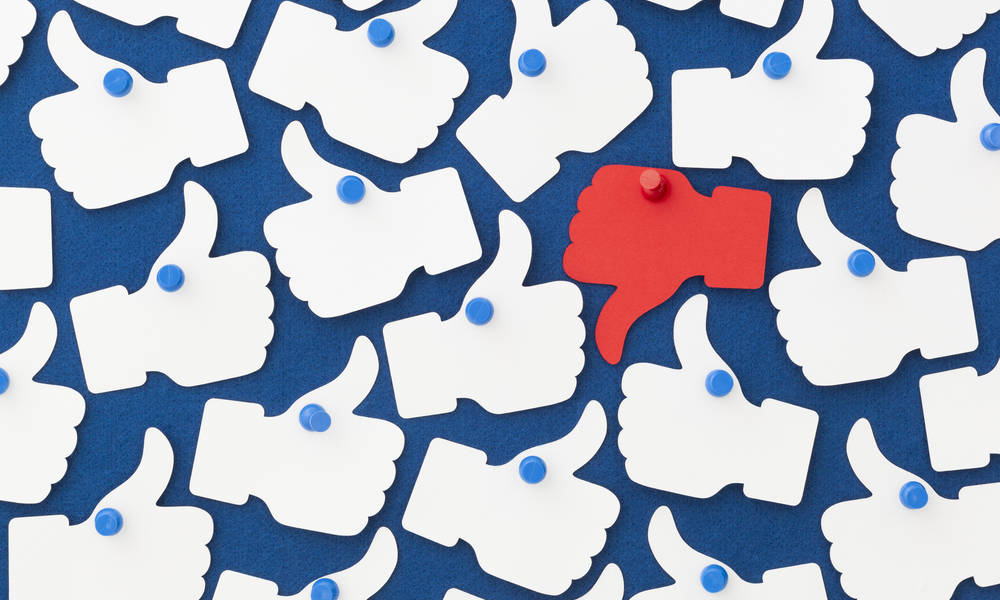
Making Sense of Facebook’s Discouraging News Feed News
The massive social network, which has helped reshape the way we communicate with others, is having a hard time managing news content on its service—so it’s making some big changes to its News Feed. Now might be a good time to dust off Plan B.
The sky is falling, the sky is falling! Or is it?
Certainly a lot of people have had negative reactions in the two weeks or so since we learned that Facebook was taking its black-box algorithm and pushing it away from traditional pages, particularly in the case of news content that has not been actively promoted. (In other words, if you’re not doing pay-to-play, you may be sitting on the sidelines.)
Facebook’s news team further shook things up by revealing that it would lean on users to decide upon the pages they wanted at the top of their feeds, if any. This would help the company decide whether a source is trustworthy. That, in turn, led numerous news outlets to publish articles on their websites telling users how they could do just that.
The two moves, combined, highlight something that many critics of Facebook have said repeatedly over the past few years: Lean too heavily on an external social network at your peril. A couple of years ago, this point was underlined by the pivot to video. Now, it looks like it might be further underlined by the pivot away from news, fake or otherwise.
Certainly, this isn’t the first time Facebook has played this card, but there felt like a degree of permanence to this change compared to some prior shifts in the company’s thinking. Facebook’s reputation as the place where everyone goes has put its every move under the microscope to a far higher degree than anywhere else online. But that cuts both ways—there’s an expectation that, since it has all this power, it must do something with it. By making this move to downplay its Pages functionality, it’s effectively deciding that it doesn’t want the power it has—at least as far as news goes.
But Facebook does want to show its support for the nonprofit space. Last fall, the company made a surprisingly bold debut as a payment processor for nonprofits taking part in #GivingTuesday, processing $45 million in donations all by its lonesome—an impressive debut number that I can see surging in years to come. That’s a stat that’s hard to ignore on its own.
On the other hand, is it really worth getting that overly reliant on a single source for your attention or, more importantly, your financial success? Users of YouTube last year found themselves struggling to make ends meet after changes to its advertising approval process left a lot of videos on the wrong side of the monetization coin. Clearly, it looks good if the social network emphasizes nonprofits, but what’s to say they won’t take their eye off the ball one year?
Associations that have made efforts to diversify their attempts at reaching current or potential members—whether by using a variety of marketing channels or by using their own internal ones—stand to benefit from this foresight, though that doesn’t mean that Facebook gets removed from the equation. To the contrary, I can see the network, if its planned changes pan out, staying around in a different, more passive role.
One factor on this front is the fact that Facebook does have a robust groups function that tends to draw from broader groups of people than you might get through other means, one that news outlets have increasingly embraced. And Facebook seems ready to jump in with both feet on the feature, one of the service’s oldest.
And, of course, if you’re willing to pay for a bit of extra notice for a certain message, the company’s services are designed to do just that.
But I wonder if Facebook’s moves to play down Pages, one of the key tools in the arsenal of content marketers far and wide, threaten to remove serendipitous moments, like the time in 2015 when the American Library Association found its Facebook page hacked, and the page’s readers decided to make the best of it. Perhaps those moments will still happen, but maybe they’re more likely to be limited to a user’s friends and family.
And for that reason, now might be a good time to take a step back and give a once-over on your social strategy. If your organization has been complaining about a lack of “reach,” it’s probably because of Facebook.
If a tool is proving ineffective, perhaps you’re using the wrong one.
(mrPliskin/iStock/Getty Images Plus)






Comments